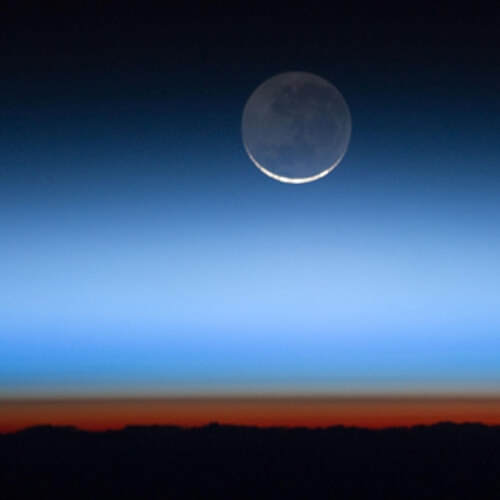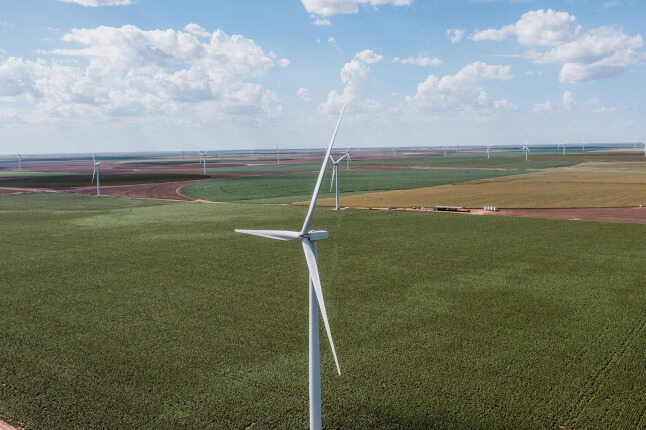News
This photo, taken from the International Space Station, reveals in color the layers of the Earth's atmosphere, from the red troposphere up to the exosphere and outer space, with the Moon in the background. Image courtesy of NASA/JSC.
The following is an excerpt from an article that appeared in NASA's "What On Earth" blog on December 5, 2011. Mickley's research was also covered in the New York Times' Green blog on January 6, 2012.
Imagine that all the aerosols (the miniscule particles of pollution, dust, sea salt, and many other things) floating around in the air over the United States suddenly disappeared. What would their absence mean for the climate? Loretta Mickley, a climatologist and aerosol expert from Harvard University, has tackled just that question by running a series of simulations with a high-resolution computer model developed at NASA’s Goddard Institute for Space Studies.
Her conclusion: the elimination of the particles would increase ground temperatures across the eastern United States, cause more springtime rain to fall, and drive an uptick in heat waves. All of this would be driven by something scientists call the “direct effect” of aerosols—the particles’ ability to warm or cool the atmosphere by either absorbing or scattering incoming energy from the sun. (In this case, the model didn’t account for the “indirect effects” of aerosols—how the particles affect clouds, a detail that can have an impact on how they affect the climate as well).
To read NASA's full blog post, click here.
Topics: Environment, Climate
Cutting-edge science delivered direct to your inbox.
Join the Harvard SEAS mailing list.
Scientist Profiles
Loretta J. Mickley
Senior Research Fellow in Chemistry-Climate Interactions




